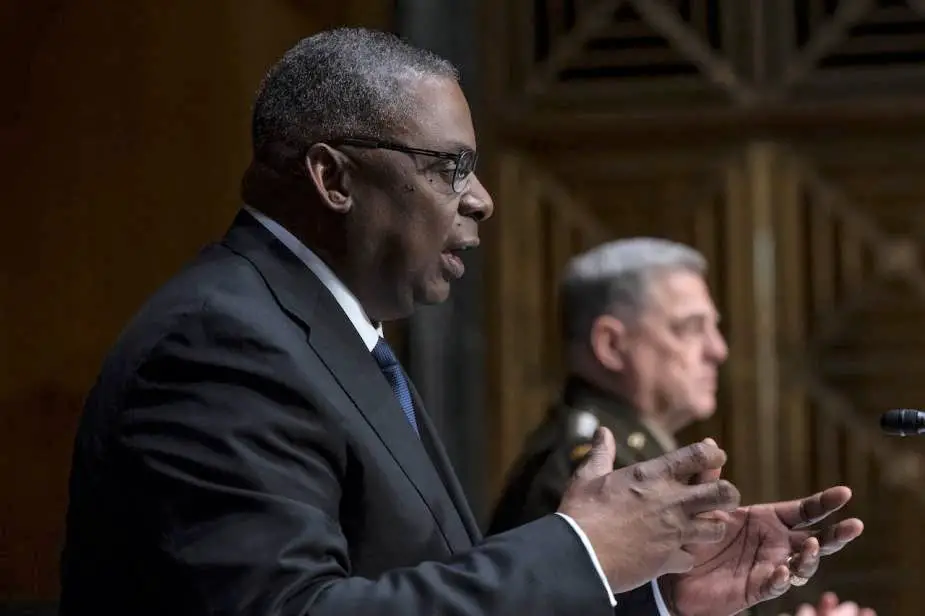Past fiscal defense budgets had to favor current readiness over long-term modernization. The fiscal 2022 president's defense request begins the shift of monies to the future with record research and development spending in cutting edge technologies, defense leaders told the Senate Appropriations Committee on June 17. Jim Garamone, DOD News, reports.
Follow Army Recognition on Google News at this link

Secretary of Defense Lloyd J. Austin III and Army Gen. Mark A. Milley, chairman of the Joint Chiefs of Staff, testify before the Senate Appropriations Committee regarding the fiscal 2022 Defense Budget Request, Washington, D.C., June 17, 2021. (Picture source: U.S. DoD)
U.S. Secretary of Defense Lloyd J. Austin III told the committee — which is the committee that has jurisdiction over all discretionary spending legislation in the Senate — that the pacing challenge posed by China requires the United States to invest in research and fielding of new technologies or new ways of using existing technologies.
Austin and Army Gen. Mark A. Milley, the chairman of the Joint Chiefs of Staff, said the $715 billion request will allow DOD to deliver modernization to service members and provide security to American citizens.
"There's always a balance," Milley told the senators. "Previous budgets biased … to the present. This budget starts leaning into the future. And it's now that we need to pivot because the future — believe it or not — is going to get here someday. And about 10 to 15 years from now, we will be in a world of hurt in the national security geostrategic world, unless we invest in the modernization of the United States military."
The fiscal 2022 request fully funds the department's top priority of nuclear modernization. It also provides significant funds for artificial intelligence, hypersonics, long-range fires, microelectronics, cyber defense and attack and 5G computer technologies. Additionally, it continues to fund more traditional capabilities like shipbuilding, new aircraft and space technologies, Austin said.
The request calls for permission to retire some ships or weapons systems that no longer provide the capabilities needed for defense. It also looks to increase military and civilian personnel pay and protect military health care.
The budget request is based on President Joe Biden's Interim National Security Strategic Guidance. Both Austin and Milley said next year's budget will look different once the Global Posture Review is finished and the National Defense Strategy is approved. The bottom line is the Joint Force must deter all adversaries and be ready to fight and win across all domains.
"These investments in concert with our recently developed joint warfighting concept will pave the way for a Joint Force of the future," Milley said.
Austin told the senators that the United States will capitalize on its asymmetric advantage: Its network of allies and partners around the world. "I would just tell you that one of the strengths of the United States of America is that we have a lot of allies and partners who want to work with us," he said. "And we will be successful in the future."
Leveraging the expertise and capabilities of U.S. allies is a game-winning strategy, he said.














